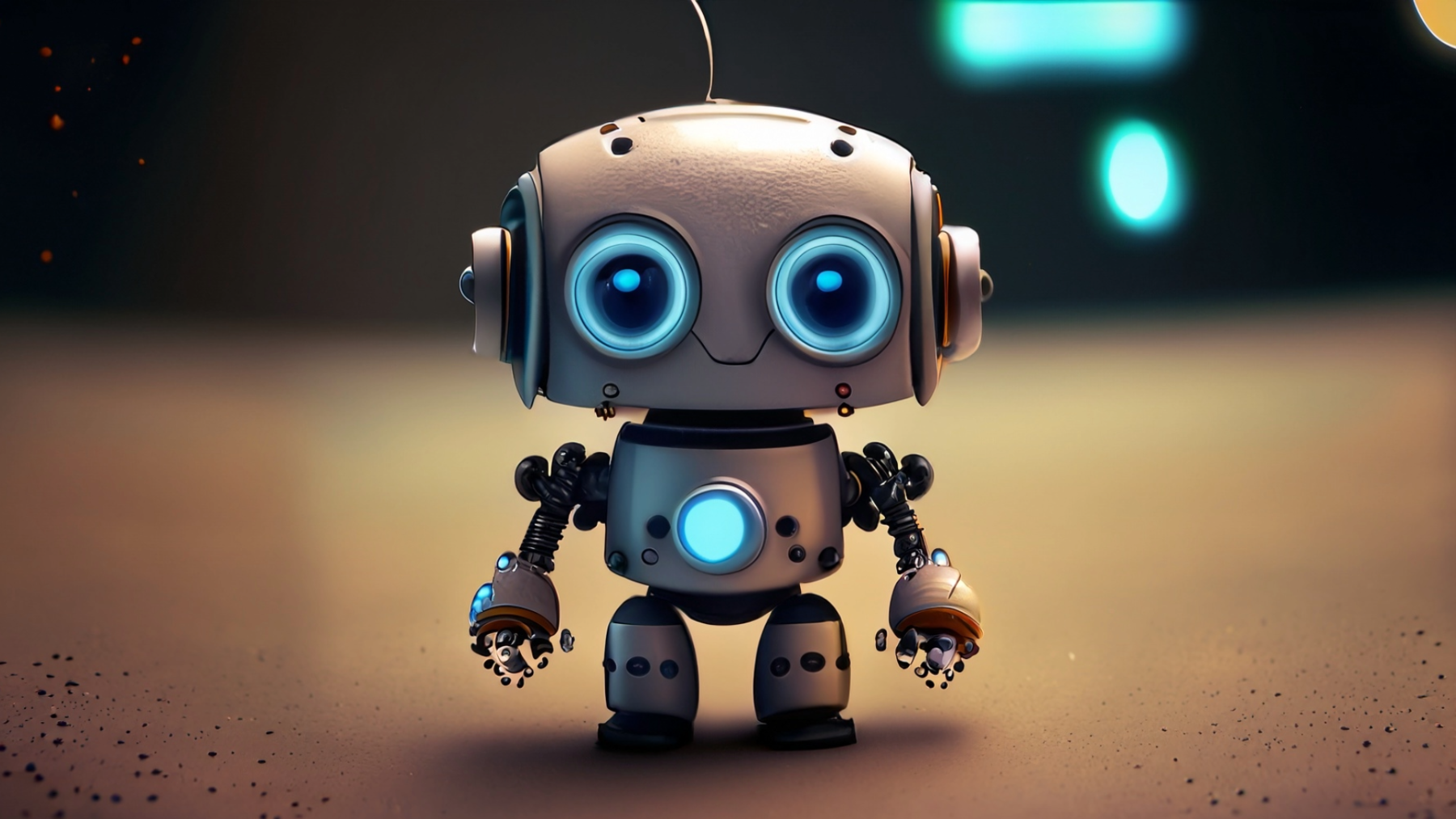
Robot Art With Edison
by Jessie McKinley
In this engaging and hands-on lesson, students will explore the intersection of art and technology by designing and constructing a marker holder for a robot, allowing it to create artwork. Using the engineering design process, students will brainstorm, plan, create, test, and improve their designs. This activity not only enhances their understanding of abstract art and notable abstract artists but also integrates important concepts from computer science and technology standards, fostering creativity, problem-solving, and innovation.
Lesson Plan Link/URL
https://docs.google.com/presentation/d/1bTdUeNZ2qfj6DGYN4BQAJVp_h1LApjTxzlz8xDi…Subject Area
Technology 1. Empowered Learner 3. Knowledge Constructor 4. Innovative Designer 5. Computational Thinker Engineering S2: Apply the Engineering Design Process S5: Apply Technology to Engineering
Featured
Off
Related Content

Grades:
4th Grade, 5th Grade, 6th Grade, 7th Grade, 8th Grade
In this hands-on lesson, students will be challenged to complete an obstacle course with a Sphero/RVR/Edison through coding. Students will be given a task list to complete and will be timed. Math

Grades:
3rd Grade, 4th Grade, 5th Grade, 6th Grade, 7th Grade, 8th Grade, 9th Grade
Engineers often create small-size models of a new product to test its design. This is especially true with airplanes. Model testing tells engineers how a design responds to different air conditions

Grades:
7th Grade, 8th Grade, 9th Grade, 10th Grade, 11th Grade, 12th Grade
Students will apply principles of design, engineering, and mathematics to create a physical or digital labyrinth inspired by the myth of Theseus. This project integrates STEM concepts with literature

